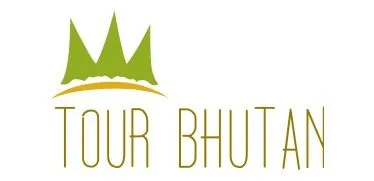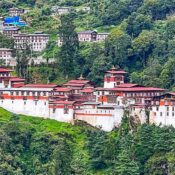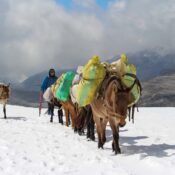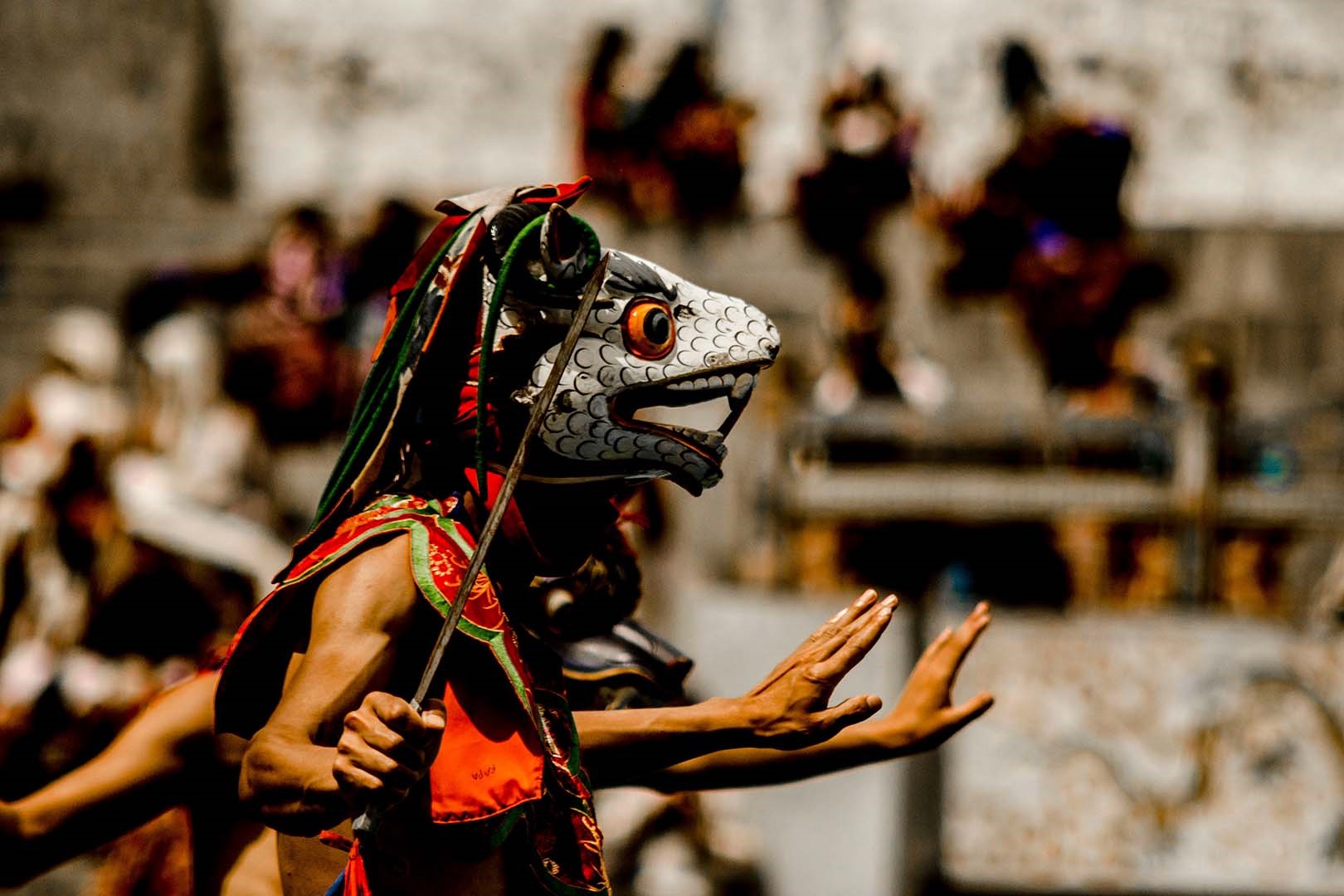Gasa Hot Spring
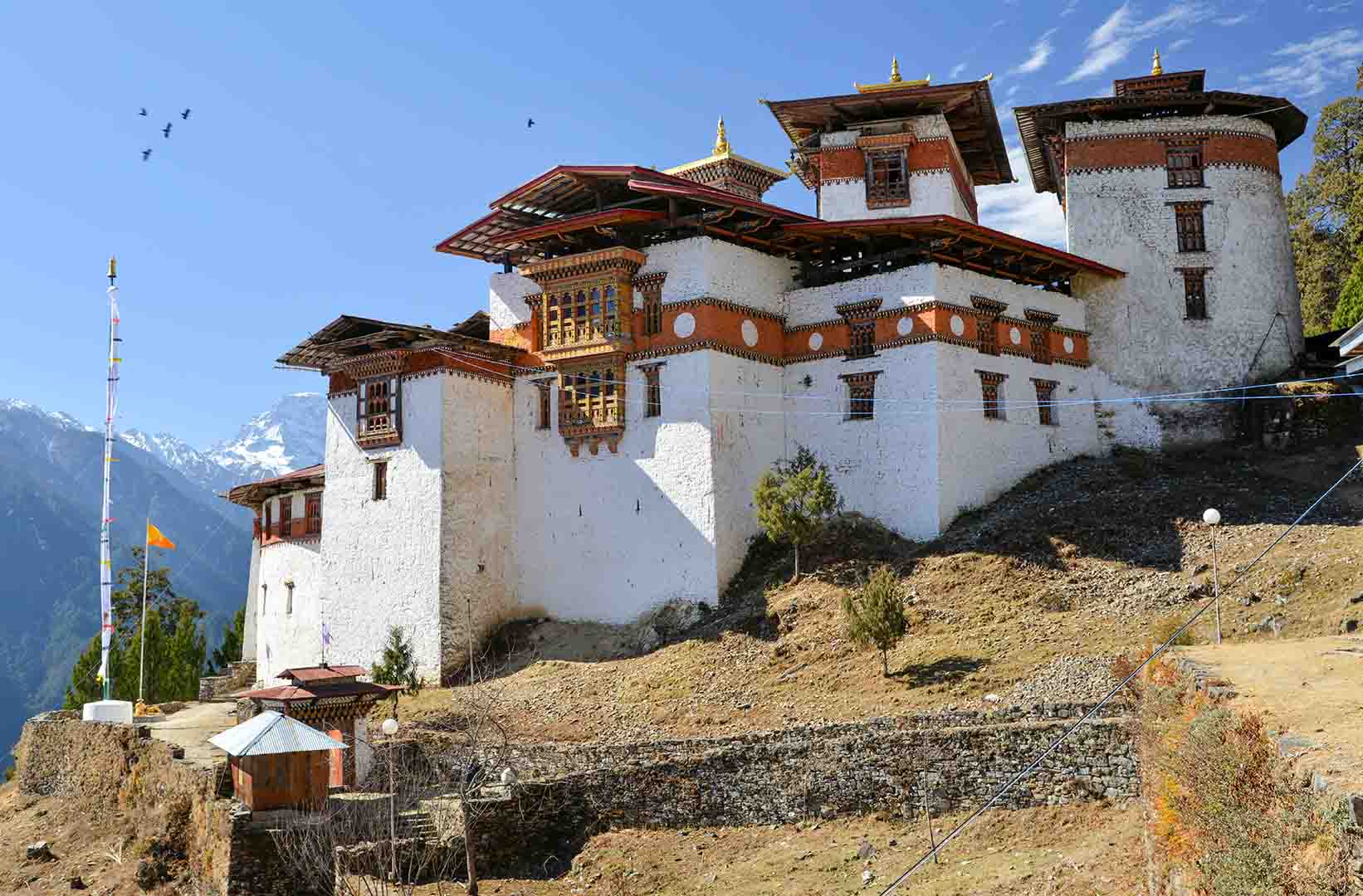
Gasa Hot Spring
The hot springs of Gasa, known as the Gasa Tsachu, are so important to the Bhutanese that two oral traditions are accounting for their origin. Some believe that the hot springs date back to the time of Drupthop Terkhungpa (ca. 13th century) when he was believed to have scattered 128 varieties of medicines in Gasa, from which 128 hot springs or tsachu (ཚ་ཆུ་) and medicinal springs or menchu (སྨན་ཆུ་) emerged. He is also said to have built 108 chortens after making 108 tsha-tsha miniature stupas of mud kneaded with his urine.
Others claim that when Zhapdrung Ngawang Namgyel (1594-1651) came to Bhutan in 1616, he entered through Gasa, and before he proceeded to Punakha, he visited Gasa Hot Spring to relax there for a few days with his followers and patrons. It is believed that Gasa Tsachu relieved Zhapdrung from his immense joint pain and fatigue, and therefore he blessed Gasa Tsachu to remain in perpetuity.
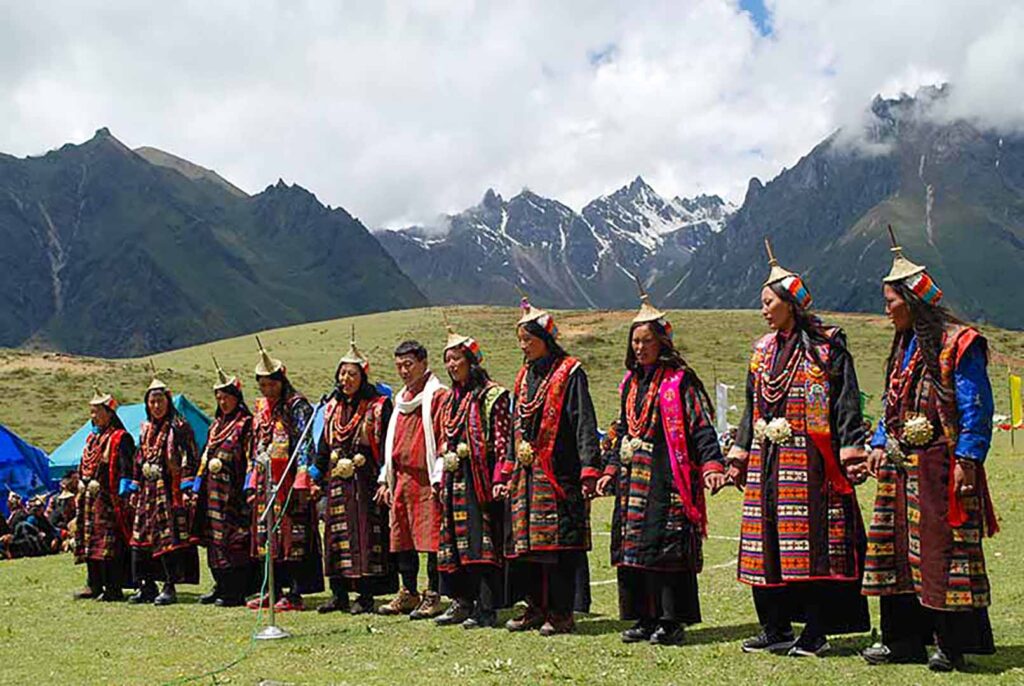
The local deity of Gasa Hot Spring is Dendup Norzang, who is believed to reside in a dense forest across the river. Visitors do not enter the deity’s domain. Legend says that Dendup Norzang was a wrathful demon before Drupthop Terkhungpa converted him into a peaceful dharma protector. The households in the villages near the tsachu make offerings to the deity in their annual lochö ritual. Many visitors make appeasement offerings to Dendup Norzang before enjoying the waters. The deity is not often shown in visual form, but after much research, the former Lam Neten of Gasa Rabdey commissioned a painting of Dendup Norzang based on texts dedicated to his worship. During the visit, you can also visit Gasa Dzong
People from Laya and Lunana the remotest District in Bhutan visit the Hotspring during their migration period from late December till they go back Home to Laya. This is the very important place they must visit to relax after a year of hard work in the Mountains.
